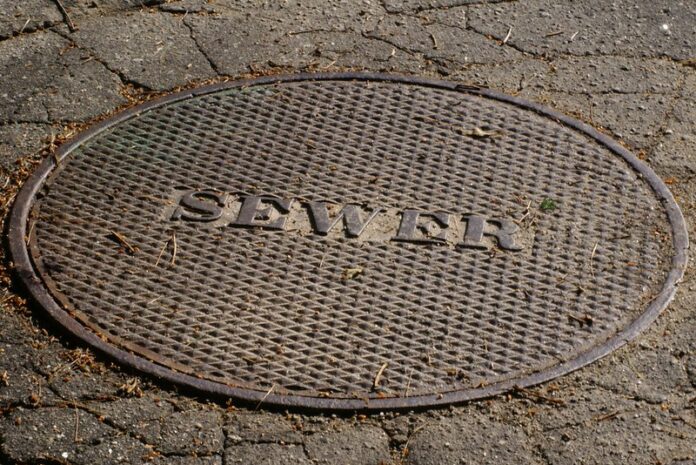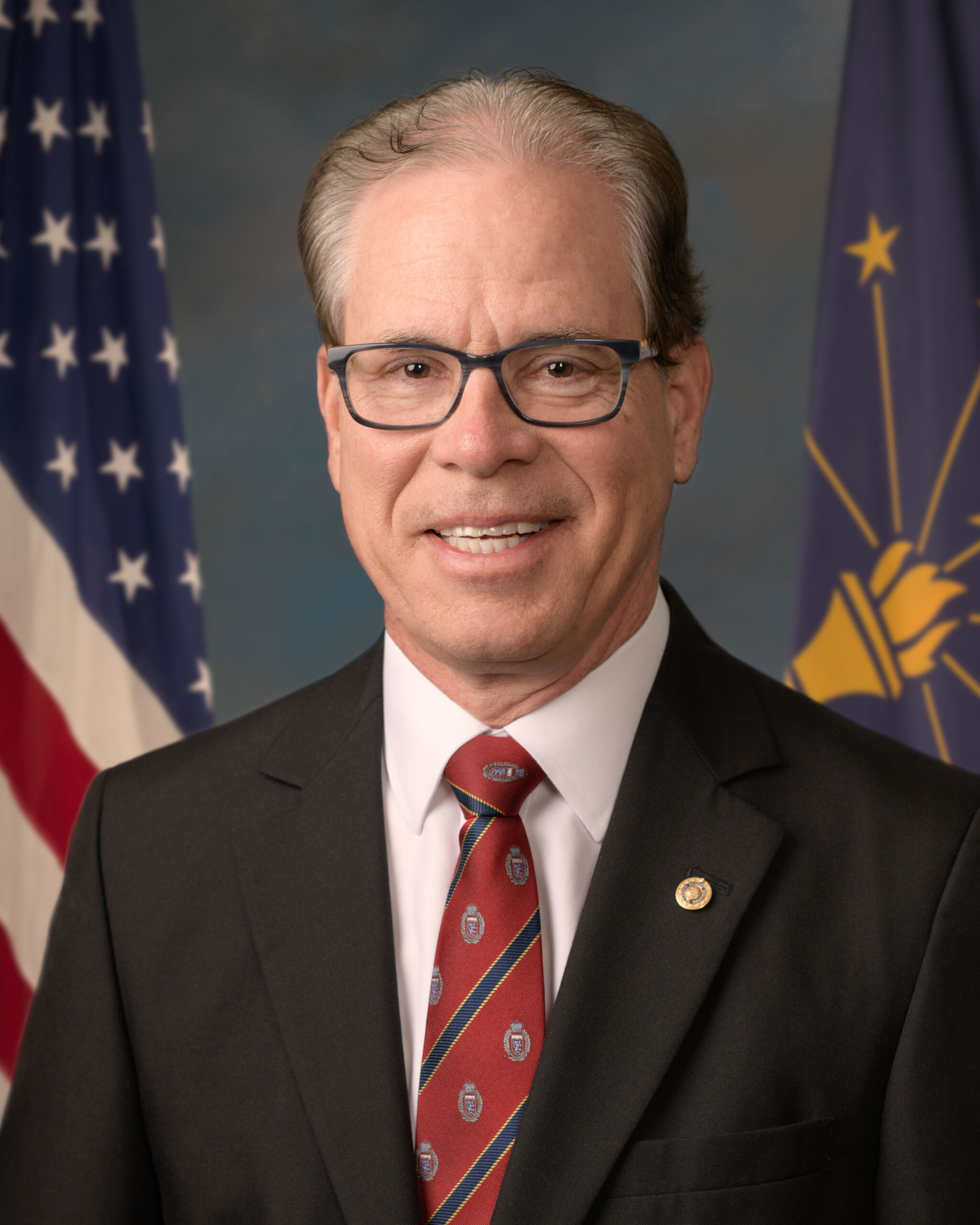Warsaw residents will see the first small increase to their stormwater utility rate in January after the Common Council on Monday approved a gradual rate change on second and final reading.
The monthly residential rate will go from $2.95 to $3.86 in 2021, to $4.90 in 2022, to $5.93 in 2023, to $6.97 in 2024, and finally to $8 in 2025.
A public hearing on the rate change was held during the Council’s meeting Monday, but there were no remonstrators and the only member of the public present at the meeting spoke in favor of the rate increase.
The rate increase was introduced at the Council’s Oct. 5 meeting, but no votes were taken on it until the Oct. 19 meeting where the Council approved it 6-0 on first reading. Councilman Mike Klondaris was absent from the Oct. 19 meeting, but with his “yes” vote Monday night, the rate change was approved 7-0 on second reading.
Mayor Joe Thallemer said the rate increase will help improve operational and capital improvement budgets; meet operational mandates of an MS4 (Municipal Separate Storm Sewer System) community; invest in local stormwater infrastructure, both planned and emergency; eliminate dependence on other city department budgets; leverage cumulative capital development capital funds to meet the significant stormwater needs of the community, including erosion control, pollution control, flood mitigation, stormwater infrastructure maintenance, etc.; and help maintain and grow sufficient operational reserves.
Klondaris and Council members Cindy Dobbins and Jerry Frush were on the rate study committee that made the rate increase recommendation to the Council.
Klondaris said, “We did meet several times. We did discuss pretty much all angles of this. We had a lot of input from the city engineer, from wastewater utility superintendent, as well as the stormwater superintendent, and we think we came up with a really fair plan for everybody. We kept in mind the cost to our fixed-income citizens in the community. Phasing this in over a five-year period gives everybody ample time to get used to it, to work it into their budgets, and more importantly, it’s something we really need to do. We are mandated, being an MS4 city of 10,000 persons or more, we are federally mandated to mitigate our run-off, and I think we came up with a pretty darn good plan.”
Even when the city gets to the $8 per month rate in 2025, Klondaris said the city will still probably be one of the lowest rates in the state.
Stormwater Coordinator Ryan Workman made presentations at the Council’s last meetings on the rate and reiterated some of those points Monday night.
“You made a pretty good point at the last meeting that one of the big factors is that a lot of the other departments in the city are using their resources – both financial and trucks and manpower – to kind of prop up the stormwater utility and it’s really important that the utility stand on its own,” Thallemer said to Workman.
Thallemer said he put together a spreadsheet and, “If we don’t do anything, as far as raising our revenues, we’re down in the hole next year and it just continues on to 2025, where we’re just heading the wrong way, we’re way in the negative territory.”
He said raising the rate gradually will allow the city to get to the point where critical projects can be done, have adequate reserves and do emergency projects that always seem to pop up.
Lilly Center for Lakes & Streams Director Dr. Nathan Bosch highlighted some parts of a letter he sent Sept. 30 to the Council acknowledging the good efforts of the city’s stormwater utility. The Lilly Center has worked with the city on stormwater projects for the past decade and the stormwater utility since 2014.
“What I’ve appreciated working with the stormwater utility especially is that the stormwater utility is interested, as we are at the Lilly Center, in science-driven solutions that help the city provide the best possible service to businesses and homeowners here in the city of Warsaw,” Bosch said.
He cited Center Lake as being one example of the stormwater utility’s good work.
Of the three lakes in Warsaw – Center, Pike and Winona – Center is the most influenced by the stormwater utility because it’s the most urban of the three lakes, cutting right in the middle of the city, Bosch said.
Pointing to the 2020 annual report on the lakes he handed out, Bosch said water clarity is one of the basic measurements of lake health and quality of the water. “You can see Center Lake has the clearest single measurement of any of the 14 lakes we sampled in the entire Kosciusko County in 2020,” he said, adding that Center and Syracuse Lakes were the two clearest lakes in the county.
“That’s pretty amazing to have a lake right in the middle of a city be that clear, and I think that’s a testament to the good work of the stormwater utility in working with us at the Lilly Center,” Bosch said. “We can look at oxygen, nutrient levels, all of these things are pointing at Center Lake being in pretty good shape.”
Bosch said he thinks “we’re moving in the right direction and I’ve really enjoyed working with Ryan and his leadership at the stormwater utility. It’s been really, really great.”
Thallemer read some of the projects that have been done, projects in process, projects that will be studied and some of the future projects the city will look at over the next five years. The projects were listed by council district. To date, $1.4 million has been spent on those projects, he said. Projects identified as needing done are estimated to cost between $6.5 million to $12.5 million.
Workman said the costs will ever increase, so to continue to address them, they need to keep up with them instead of lagging behind.
Thallemer said the city needs partners to leverage its funds and knowledge on these projects. “That collaboration is what gets these things done and what’s gotten us to this point.” He listed the city’s partners as the Parks and Recreation Department, U.S. Fish & Wildlife, Paddlers for Conservation, Lilly Center for Lakes & Streams and The Watershed Foundation.
On the gradual rate increase, Dobbins said the committee “looked at several different rate structures. We did not just take the first one that popped up. And, obviously, there were some that were higher than what we finally ended up with, but we tried to be conscientious in coming up with a rate that we felt was liveable and could be spread out over a period of time.”
When the public hearing on the rate increase was opened up to the public, the sole speaker was Jack Brunetto. He said, “One thing that I think has been overlooked is the responsible way in which everyone has taken care of the taxes.”
He said he paid his property taxes Monday. His assessed value of his property that he moved into 18 years ago is now more than 50% higher than when he bought it but he’s paying $400 a year less in property taxes than the year he bought it.
“At a $1 a month, I just have no complaints. But I just think that the responsible way in which the Council has handled the budget and all the projects that have been accomplished over the last 18 years and I’m still paying $400 a year less in taxes. So, I have no complaints. I know this is an ongoing, very important project and I just wanted to speak in favor of it,” Brunetto said.
Klondaris made the motion to approve the rate increase on second reading, and Frush provided the second. It was approved unanimously.





